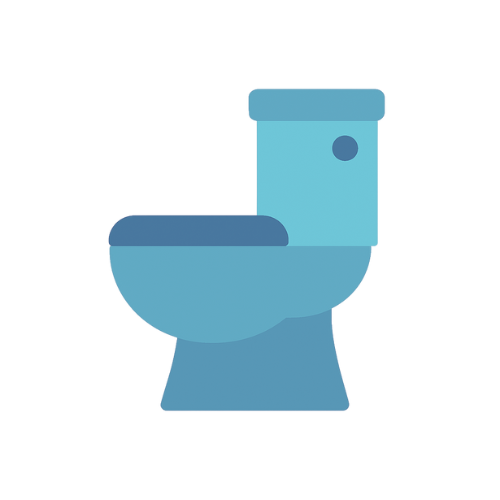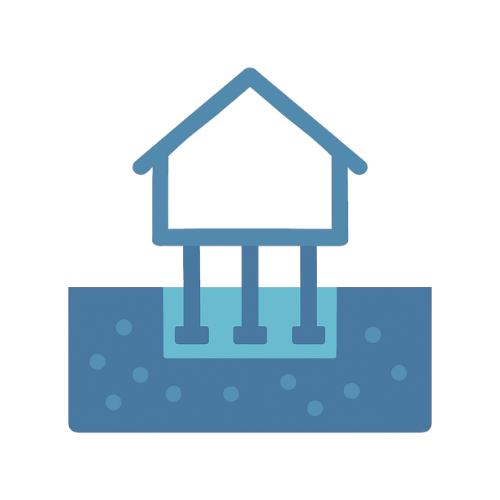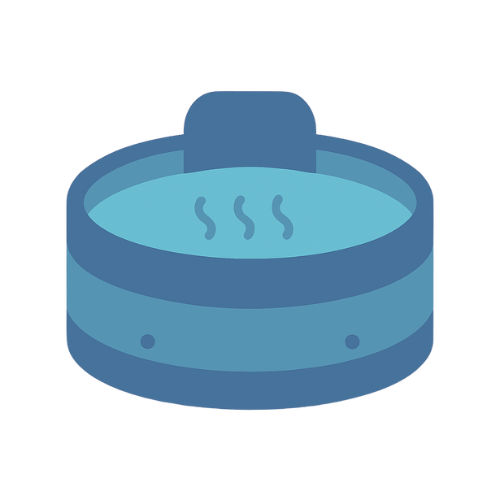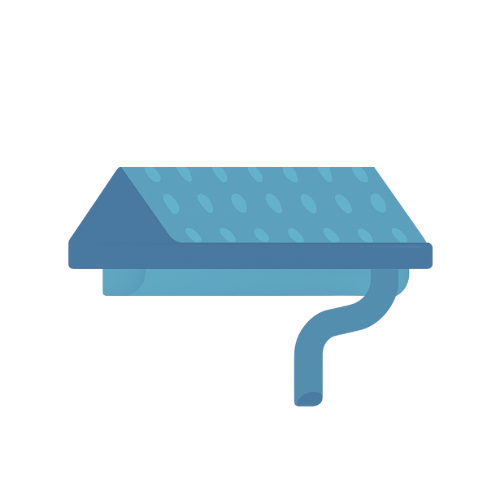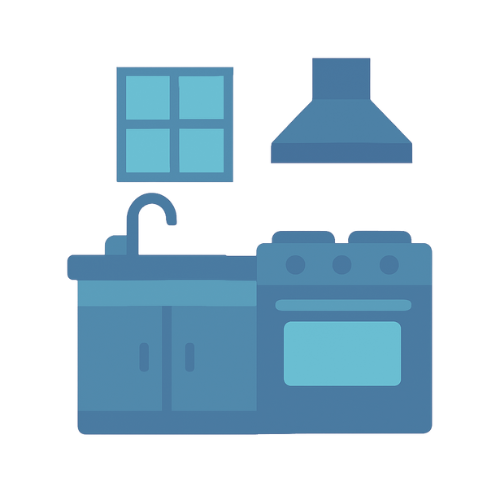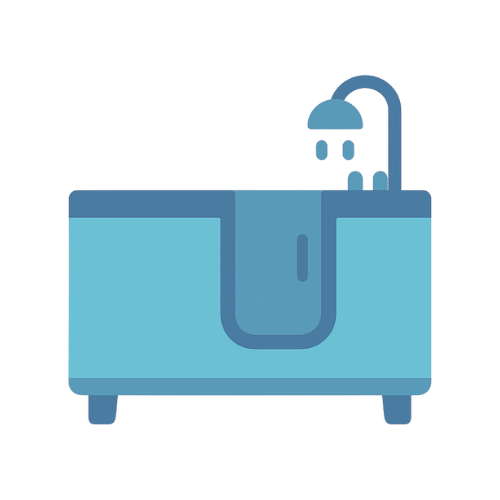Have you ever wondered if you could tackle a slow drain issue on your own, without resorting to pouring harsh chemicals down the drain? Sometimes, the culprit behind sluggish drainage is simply a small buildup or a clump of hair that\’s lodged in the pipes. In either case, attempting to resolve the slow drain yourself before calling a plumber can save you time and money.
Here are some effective tips and tricks to transform your sluggish drain into a smoothly flowing one:
- Manual Removal: Sometimes, all you need is your fingers. If you can see the problem, typically hair causing the obstruction, simply use your fingers to pinch and pull it out. It might not be glamorous, but it\’s often quite effective.
- Zip-It Tool: This inexpensive tool features small hooks along its length, designed to grasp onto hair and debris in your drain. Just move the tool up and down slightly to capture the debris, then pull it out. You can either dispose of it or clean it and reuse it. Using this tool once a month helps to keep your drain clear.
- Homemade Drain Cleaners: There are various homemade drain cleaner options, with the classic vinegar, baking soda, and hot water being a popular choice. Others prefer using hot water and dish soap for kitchen sinks, as the soap helps dissolve grease buildup. Some also swap vinegar for cream of tartar in the classic mixture.
- Plunger: A plunger isn\’t just for toilets and can be used for sinks as well. Ensure you have a plunger designed for sinks that completely covers the drain opening. Plug any overflow holes with a wet rag, fill the sink with water, and plunge vigorously but gently. If successful, the water should drain out, and follow up by running hot water for a few minutes to flush out any remaining debris.
